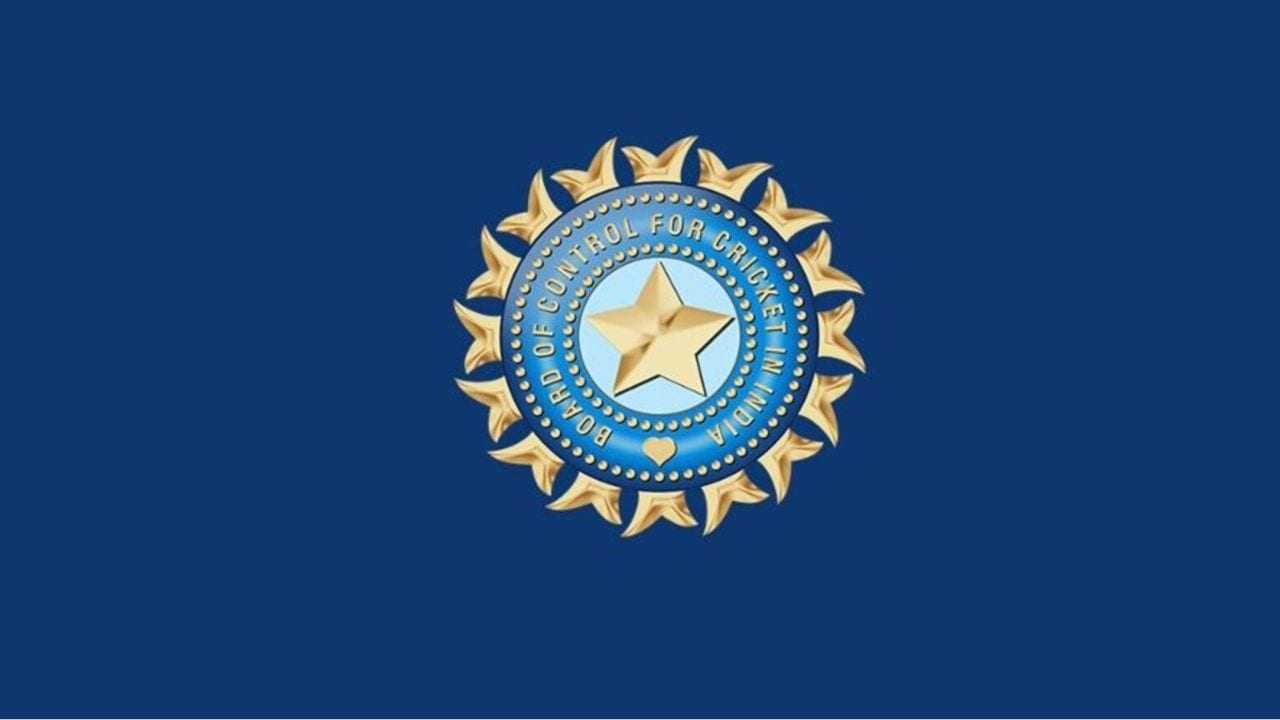The Board of Control for Cricket in India (BCCI) will sell its bilateral cricket media rights through an e-auction on Thursday, August 31. Before we take a look at who is likely to participate in the process and what optimum value the auction could generate, here’s an acknowledgement of what has been done right.
The easier thing for the BCCI to do would’ve been to sell these rights through a closed bid. Closed bids usually attract “shock value” —as we saw in the case of the International Cricket Council’s (ICC) media rights—where a bidder, worried over losing out on a property, ends up tendering a number far higher than what business estimates suggest.
Should the BCCI have done the same, any of the potential bidders waiting to come to the table on Thursday could’ve put in a number, more so to ease their fears and massage their egos than stick to business estimates.
The cricket board had maintained—ahead of the sale of Indian Premier League (IPL) media rights—that ‘transparency’ would remain key at all times, and in line with it they have once again stuck to an e-auction.
Where auction of rights happens anywhere around the world, across any sport, a move like this remains unprecedented. That brings us to figuring who is likely to participate and what value to expect.
The list is short: Viacom18, Disney and Sony (with Zee supporting their bid internally). These three companies submitted their respective technical bids (Zee separately did not submit a technical bid, Sony did) and companies that refrained from doing are ruled out of the process.
The rules of the auction are more or less a ‘free for all’, which means: 1. Bidding can continue till only one participant remains on the table; 2.
Consortiums are allowed, which means Sony and Zee can come together, regardless of the current status of their merger; 3. Rights will be sold in two packages, India subcontinent TV and India subcontinent and world digital.
The base prices for Package A stands at Rs 20 crore for TV and for Package B at Rs 25 crore for digital and rest of the world, making it a combined reserve value of Rs 45 crore per game for a total of 88 matches that can potentially stretch to 102. The winning bid in 2018, for the record, stood at Rs 60.1 crore per game and, therefore, the Rs 15-odd crore value erosion on base price is an indication of how bilateral cricket has fallen behind.
Nonetheless, there are participants who will put their best foot forward considering this is India cricket we’re talking about.
Viacom18’s objectives remain clear, especially after what was witnessed during the sale of IPL media rights. It will go the whole hog to buy Package B (digital rights), the platform it has based its business plans on as far as sports broadcasting is concerned.
Disney’s objectives, on the other hand, remain absolutely unclear, especially after what was seen during the sale of IPL and ICC media rights. It let go of digital rights in the IPL and bought TV. It then bought the whole bouquet of rights—TV and digital—from ICC and let go of TV to keep digital. So what exactly has been Disney’s play, TV or digital or both?
Adding to this confusion are the headlines the entertainment superpower continued to generate in American media. The Wall Street Journal reported recently that Disney was considering the sale of its India business/looking for a partner, even as the company went ahead with mass terminations and dissolved HotStar from Disney+, a ‘statement’ interpreted by the rest of the industry on the lines that ‘India business is not Disney’s priority at this moment’.
Even if Disney does come to the table on Thursday, despite the cloud of multiple uncertainties, what industry executives further fear is the ripple effect it’ll likely have on the shareholder-narrative back home (US). The third participant expected to arrive at the table is Sony, backed by Zee, which has not submitted a technical bid separately and will therefore not arrive individually.
Thursday is Sony’s best chance to get back into the game. Having bought the IPL rights in 2008—rather, which it got on a platter—and having let them go in 2017, Sony has forever been the eternal bridesmaid for the last 15 years.
However, with Disney re-evaluating its India strategy, and Sony (now Culver Max Entertainment) itching to resurrect its television platforms, now backed by a strong war chest thanks to a timely merger, the timing couldn’t be better. That boils down to what value the industry can expect.
Firstly, the BCCI has said (not verbatim) that should the combined value of the bilateral rights not bring in a minimum of Rs 6,000 crore, the board reserves the right to cancel the auction. In other words, what it is looking at is the new value surpassing the previous five-year value of Rs 6,138 crore at which Star India had bought the rights in 2018.
So, there’s a great possibility that once the auction crosses the combined mark of Rs 6,138 crore, it will likely begin to slow.
Disney’s five-year balance sheet is a telling story of how the peak value of a bilateral cricket tour during the last five years did not once go beyond Rs 40 crore per game. Progress in digital broadcasting may scale up the value a bit but beyond a point, beauty will continue to lie in the eye of the beholder.
Remember, an auction of these proportions is never about the price at which you buy. It’s always about the price at which you let go and say, this is where I stop.
